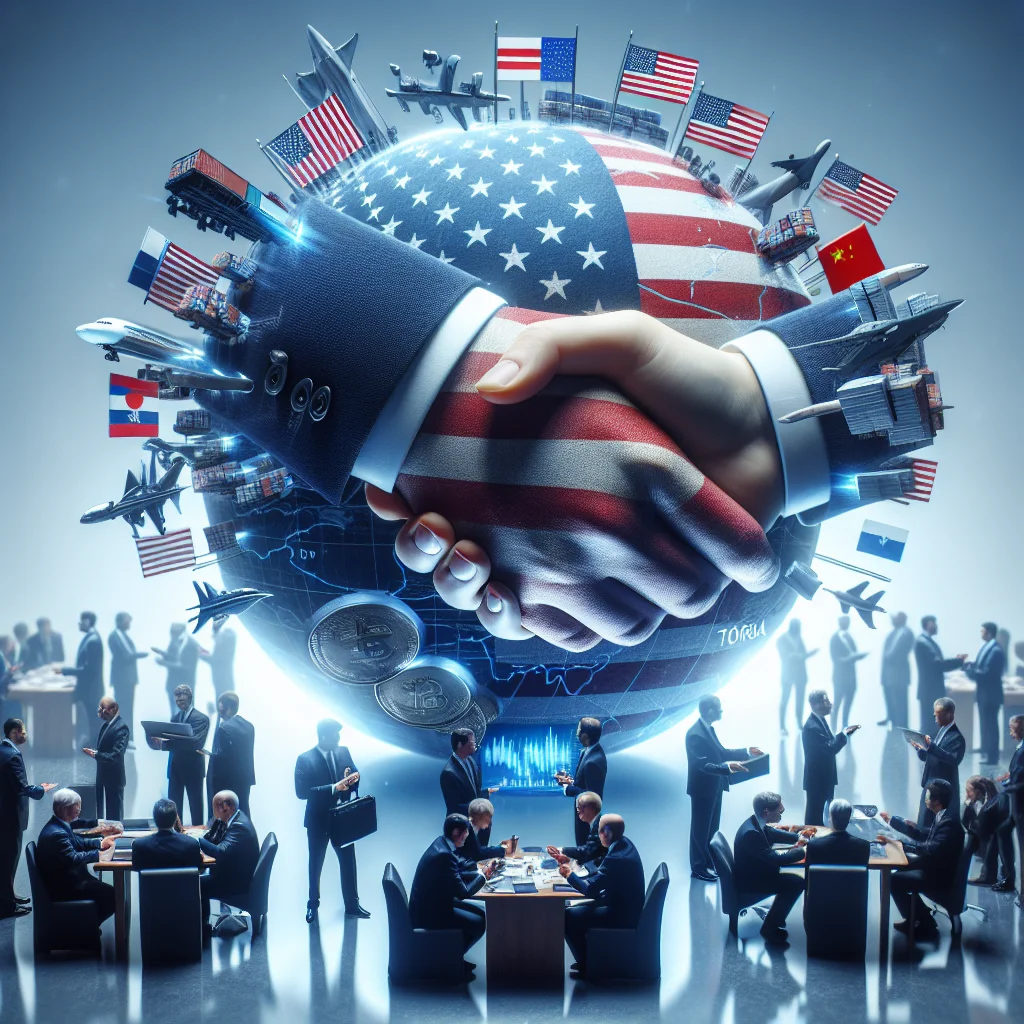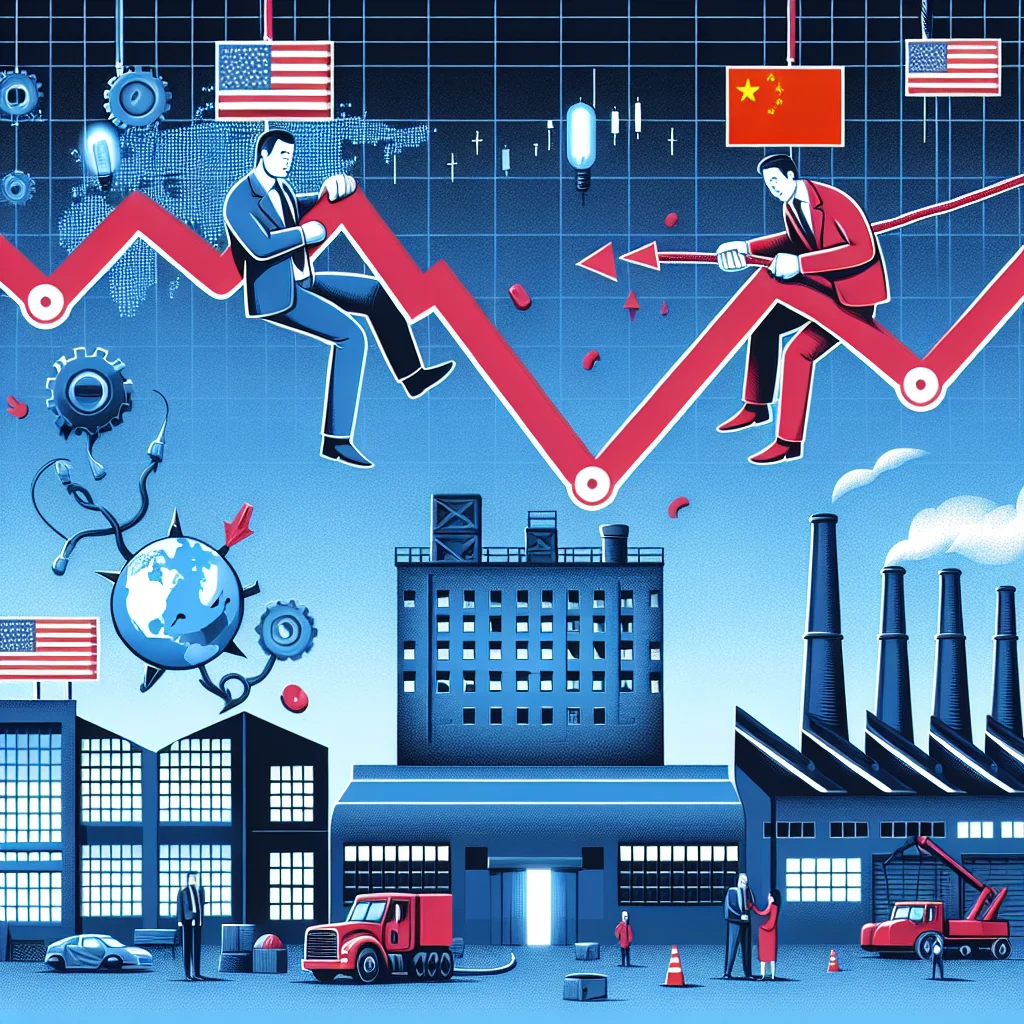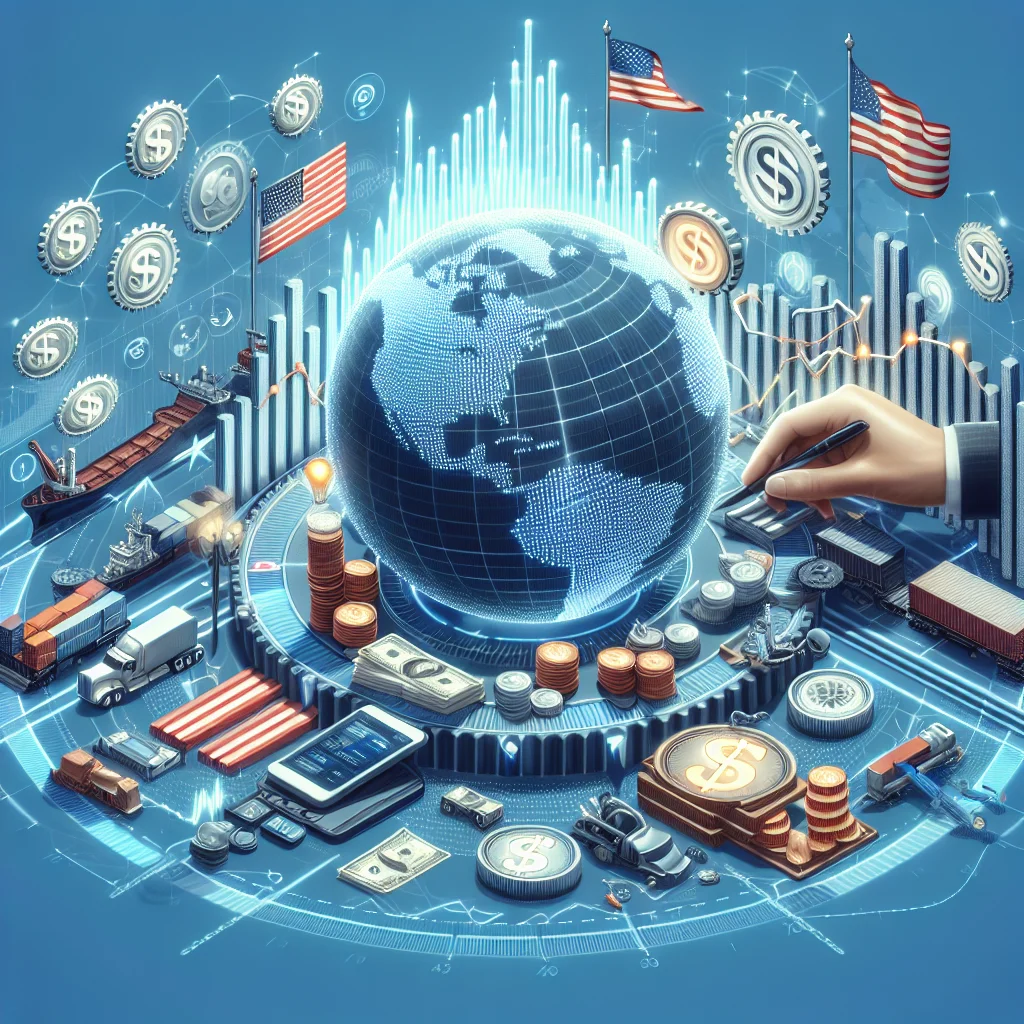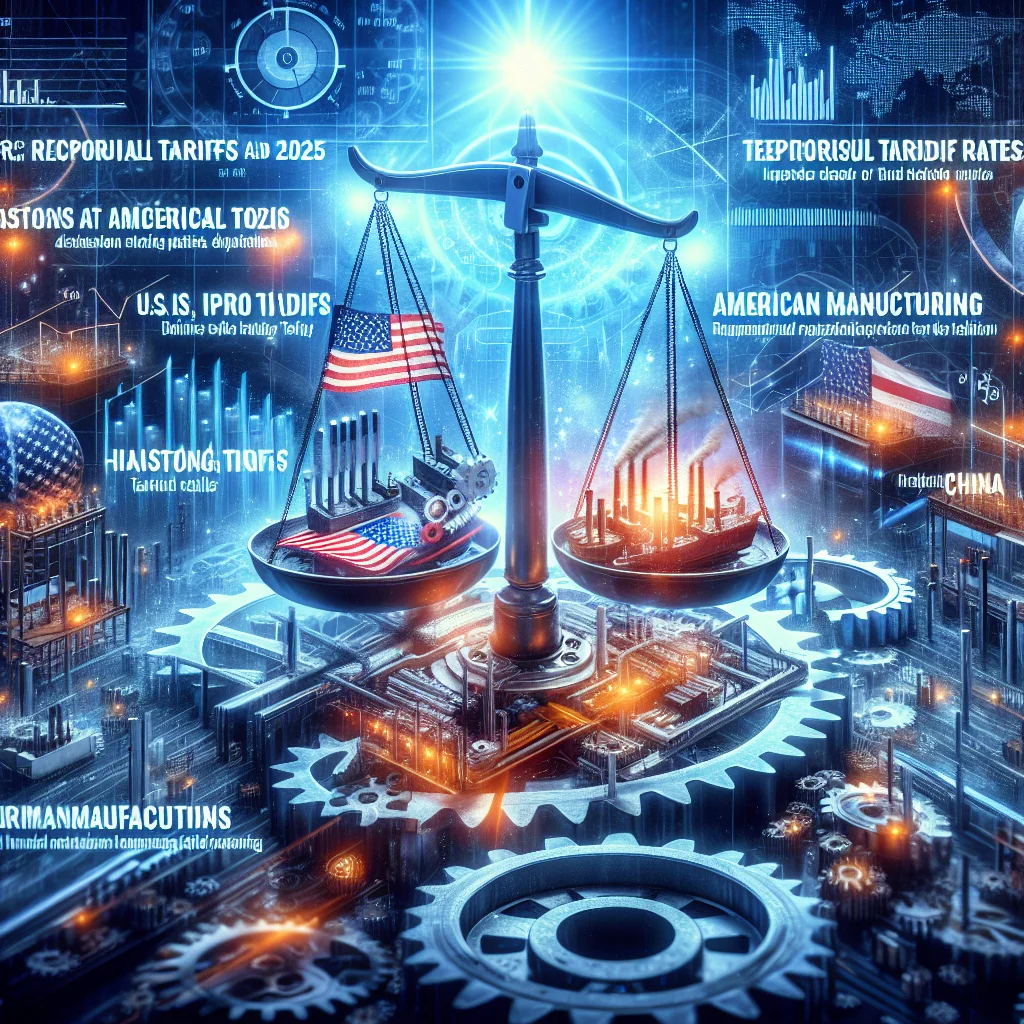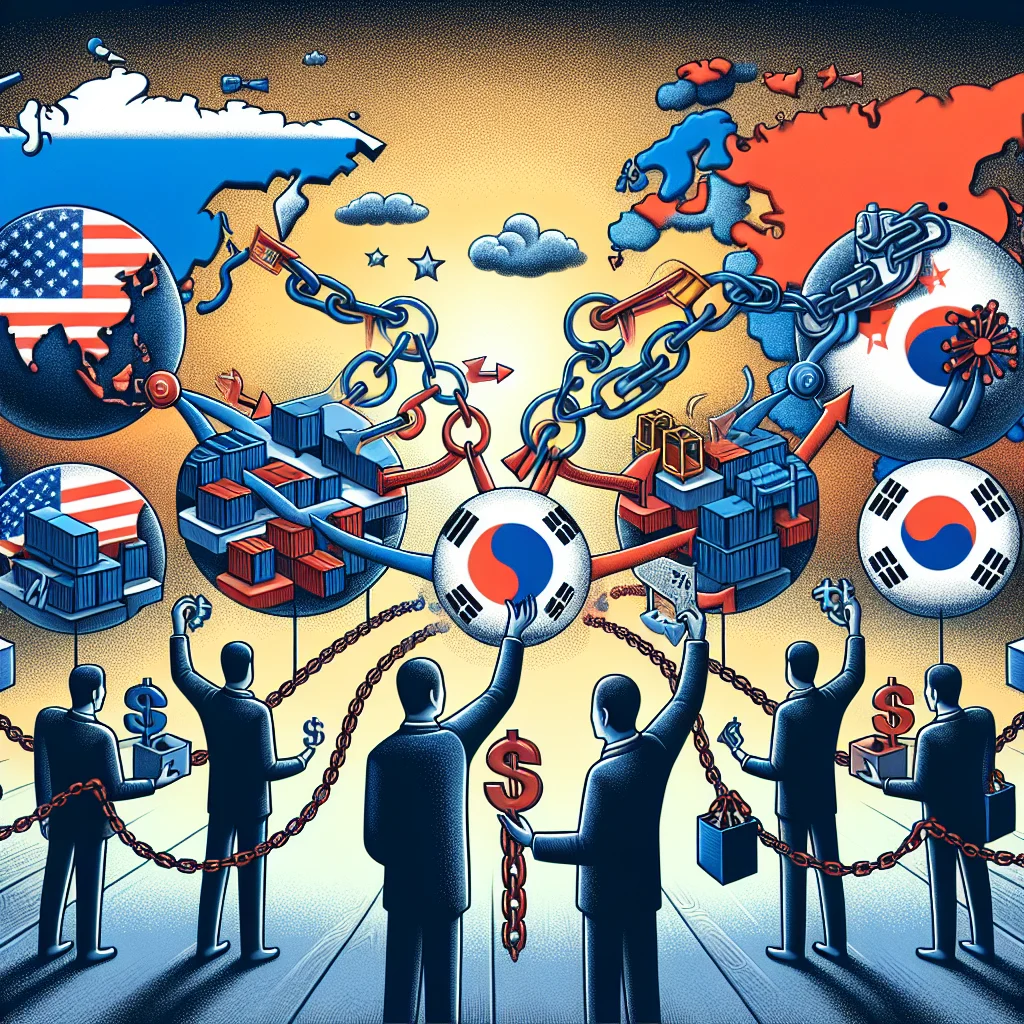
On July 8, 2025, President Donald Trump announced a sweeping 25% tariff on a wide range of imports from South Korea and Japan, escalating trade tensions with two of the United States’ closest allies in Asia. The White House cited what it called "persistent trade imbalances" and "national security concerns" as the main drivers for the decision, which is already triggering concern among U.S. businesses, global markets, and international policymakers.
Scope of the Tariffs
The new tariffs target automobiles, electronics, steel, and consumer goods from both countries. According to the U.S. Trade Representative, the measures will take effect immediately, impacting over $100 billion in annual imports. Major automakers like Toyota, Honda, Hyundai, and Samsung Electronics are among the companies most affected.
Economic and Political Reactions
Stock markets in New York, Tokyo, and Seoul responded with sharp declines following the announcement. The Dow Jones Industrial Average opened down 2.4%, while the Nikkei 225 and KOSPI indices each lost more than 3% in overnight trading. U.S. companies reliant on Japanese and South Korean supply chains, particularly in the automotive and technology sectors, warned of likely price increases for American consumers.
The governments of Japan and South Korea both issued official statements calling the move "truly regrettable" and indicated they are considering retaliatory measures. Japan’s Ministry of Economy, Trade and Industry noted that it will seek consultations at the World Trade Organization (WTO), while South Korea’s Trade Ministry warned of "serious repercussions" for bilateral relations and regional stability.
What Happens Next?
- Potential Retaliation: Both Japan and South Korea are reviewing countermeasures, including tariffs on American agricultural and manufactured goods.
- Global Supply Chain Disruption: U.S. manufacturers may face production delays and higher costs, especially in sectors reliant on imported parts and materials.
- Consumer Impact: Analysts predict higher prices for cars, electronics, and appliances in the U.S. as the tariffs ripple through the supply chain.
- Diplomatic Strain: The tariffs come at a time of heightened geopolitical tension in East Asia, raising concerns about the U.S. alliance system and regional security cooperation.
Broader Trade Policy Implications
President Trump’s decision marks the latest in a series of protectionist moves since his return to office in January 2025. The administration previously imposed additional tariffs on Chinese imports earlier this year, citing similar concerns over trade deficits and intellectual property. Critics warn that the expanding tariff regime could undermine efforts to stabilize the global economy and isolate the U.S. from key partners.
As negotiations and potential WTO disputes loom, economists and industry leaders are urging all sides to pursue dialogue to avoid a full-scale trade war. For now, American consumers and businesses are bracing for further uncertainty as the impact of the tariffs unfolds.

